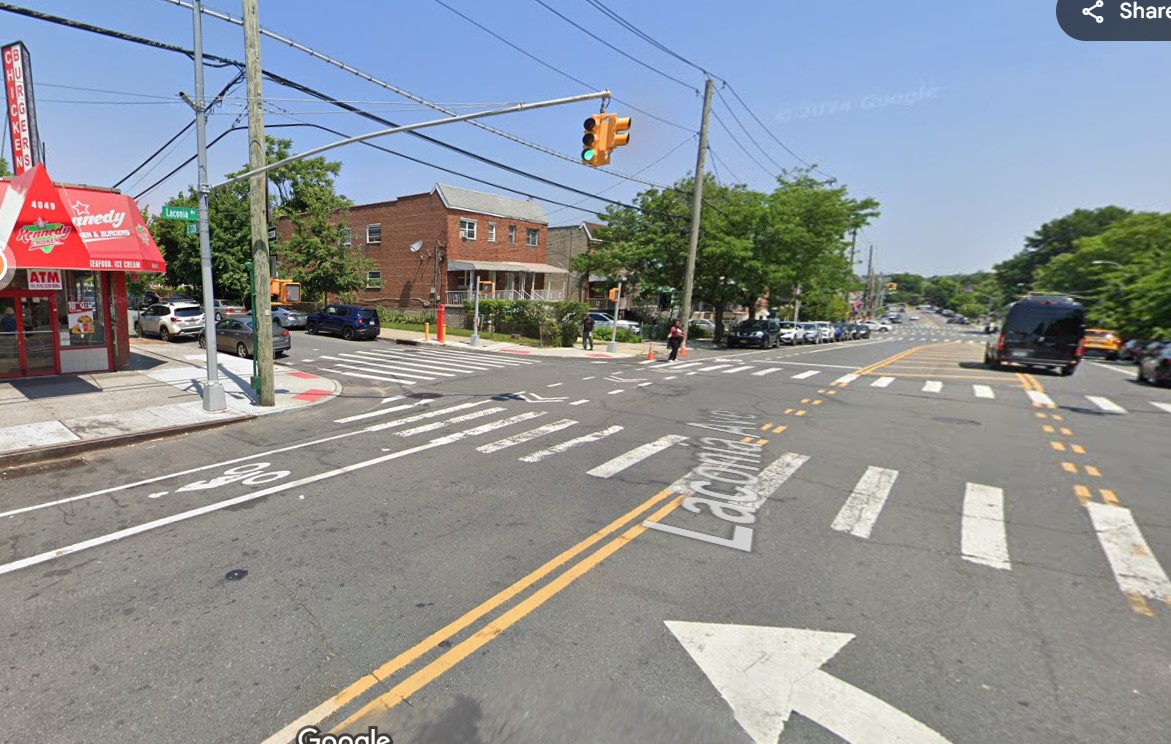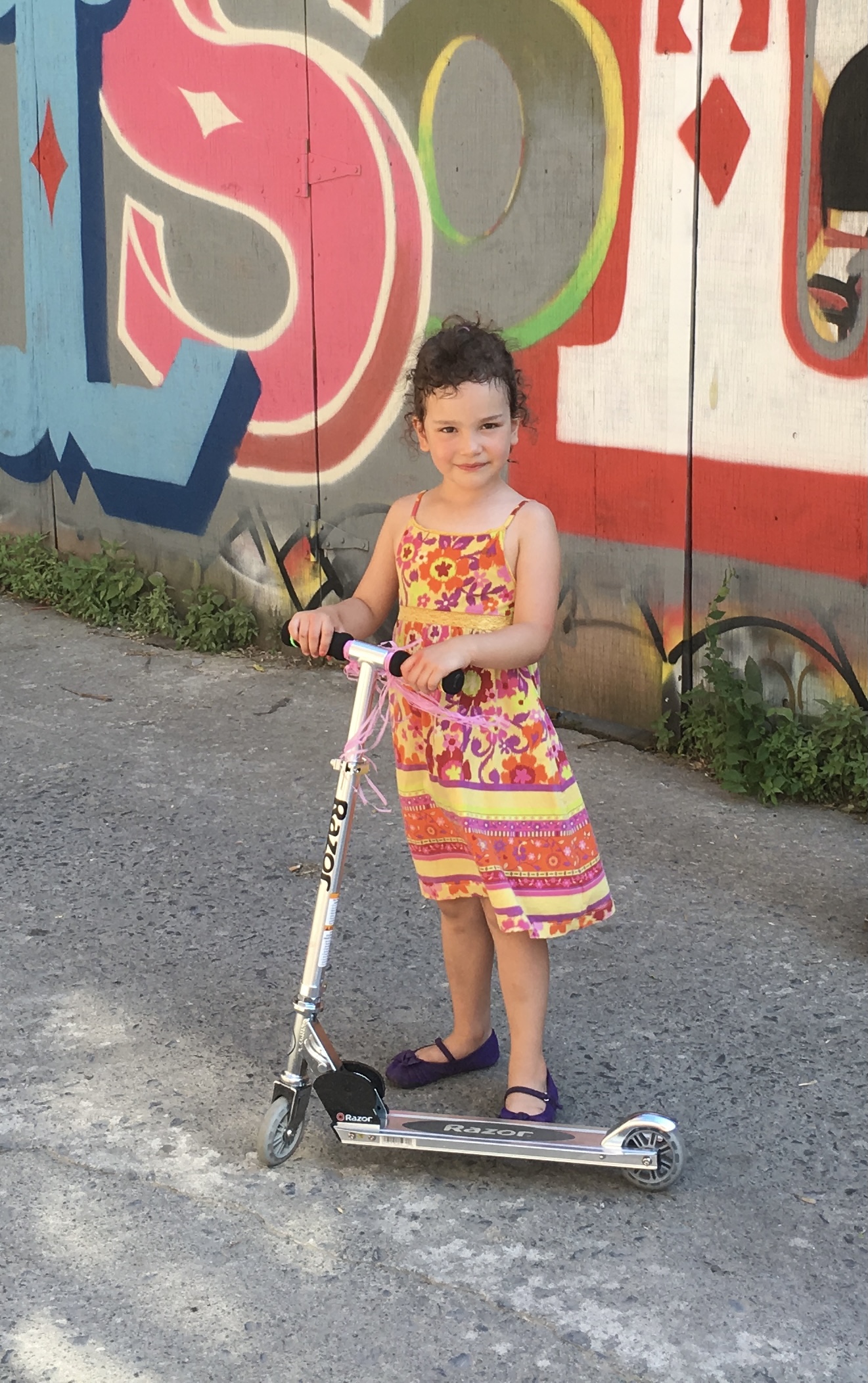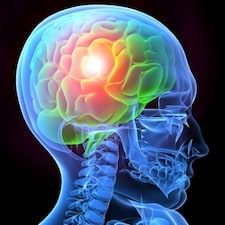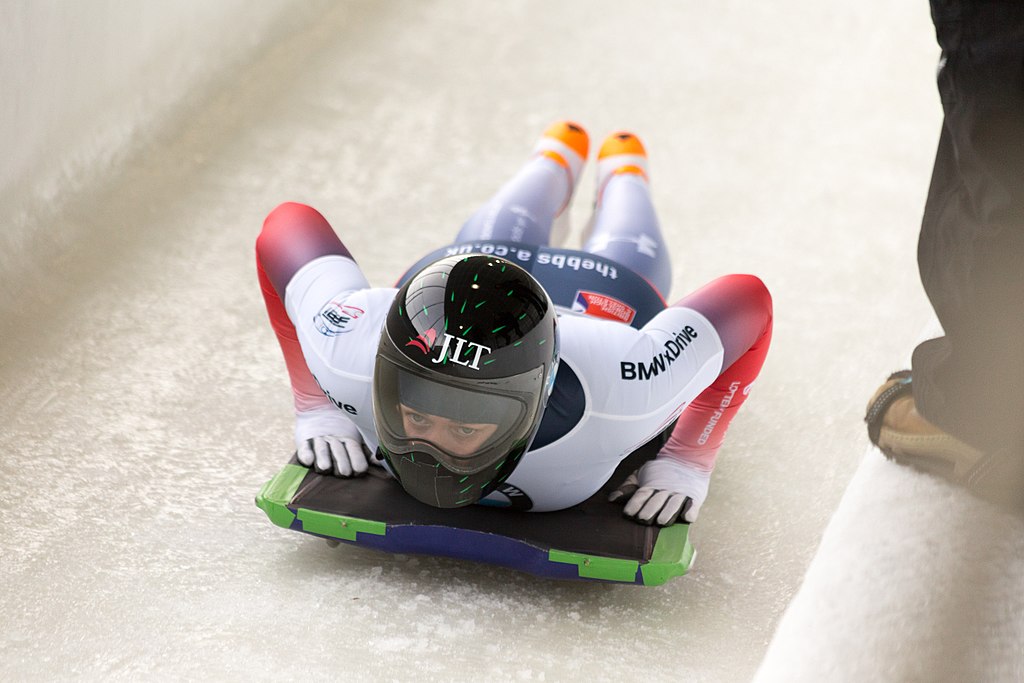Bronx Hit-and-Run Highlights Legal Challenges and Community Responsibility
 The recent hit-and-run incident in the Bronx, as reported by the New York Post, serves as a stark reminder of the dangers pedestrians face daily. A 22-year-old man was struck by a black SUV at the intersection of E 228th Street and Laconia Avenue. The vehicle accelerated suddenly, hitting the victim and fleeing the scene. The victim sustained a head injury and was transported to Jacobi Medical Center, where he remains in stable condition. The NYPD has taken a person of interest into custody, though charges had not been filed as of Sunday.
The recent hit-and-run incident in the Bronx, as reported by the New York Post, serves as a stark reminder of the dangers pedestrians face daily. A 22-year-old man was struck by a black SUV at the intersection of E 228th Street and Laconia Avenue. The vehicle accelerated suddenly, hitting the victim and fleeing the scene. The victim sustained a head injury and was transported to Jacobi Medical Center, where he remains in stable condition. The NYPD has taken a person of interest into custody, though charges had not been filed as of Sunday.
As Bronx car accident lawyers, we are deeply concerned about the prevalence of such incidents in our community. Hit-and-run accidents not only endanger lives but also complicate the pursuit of justice for victims.
 New York Personal Injury Attorneys Blog
New York Personal Injury Attorneys Blog








